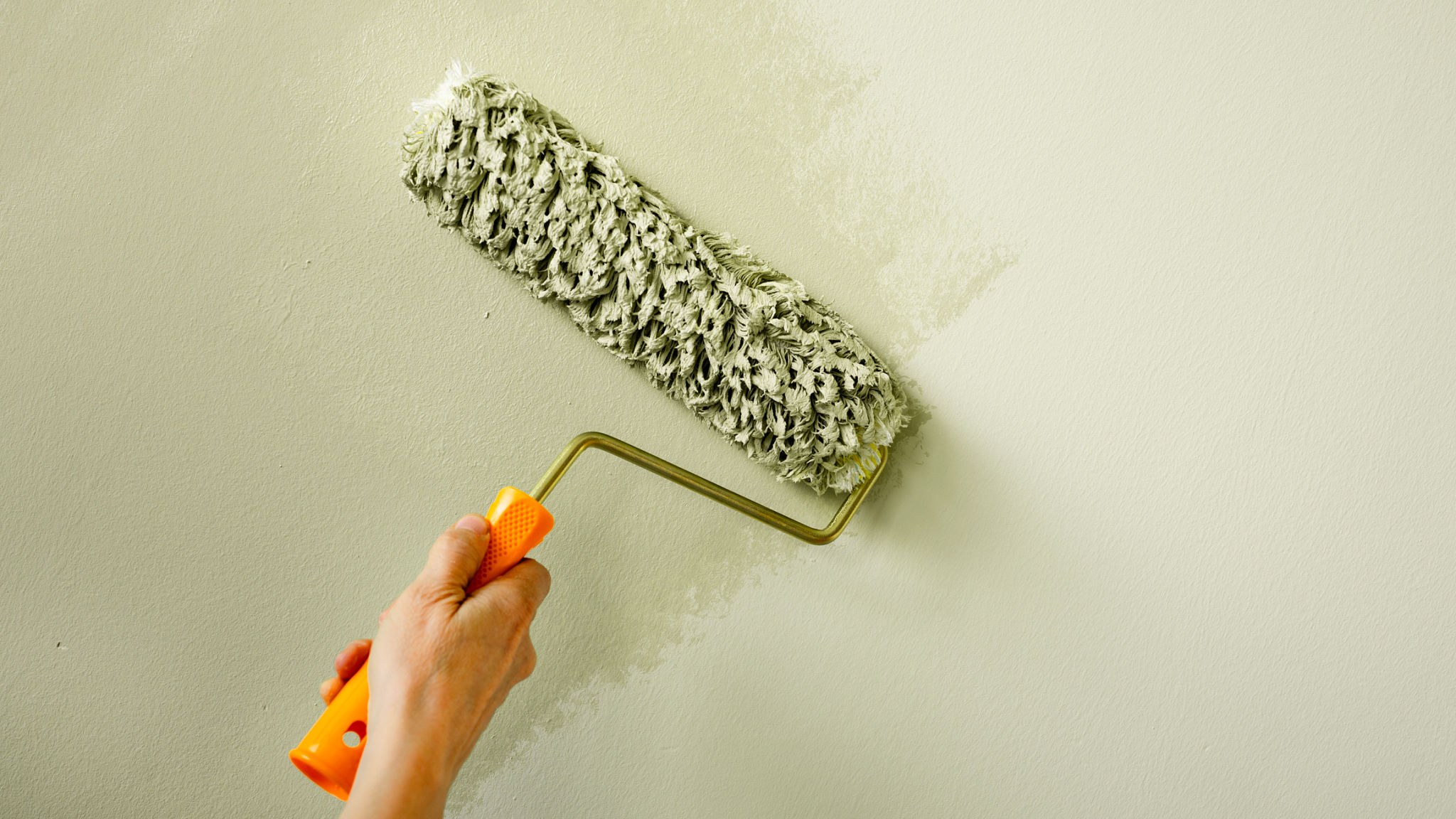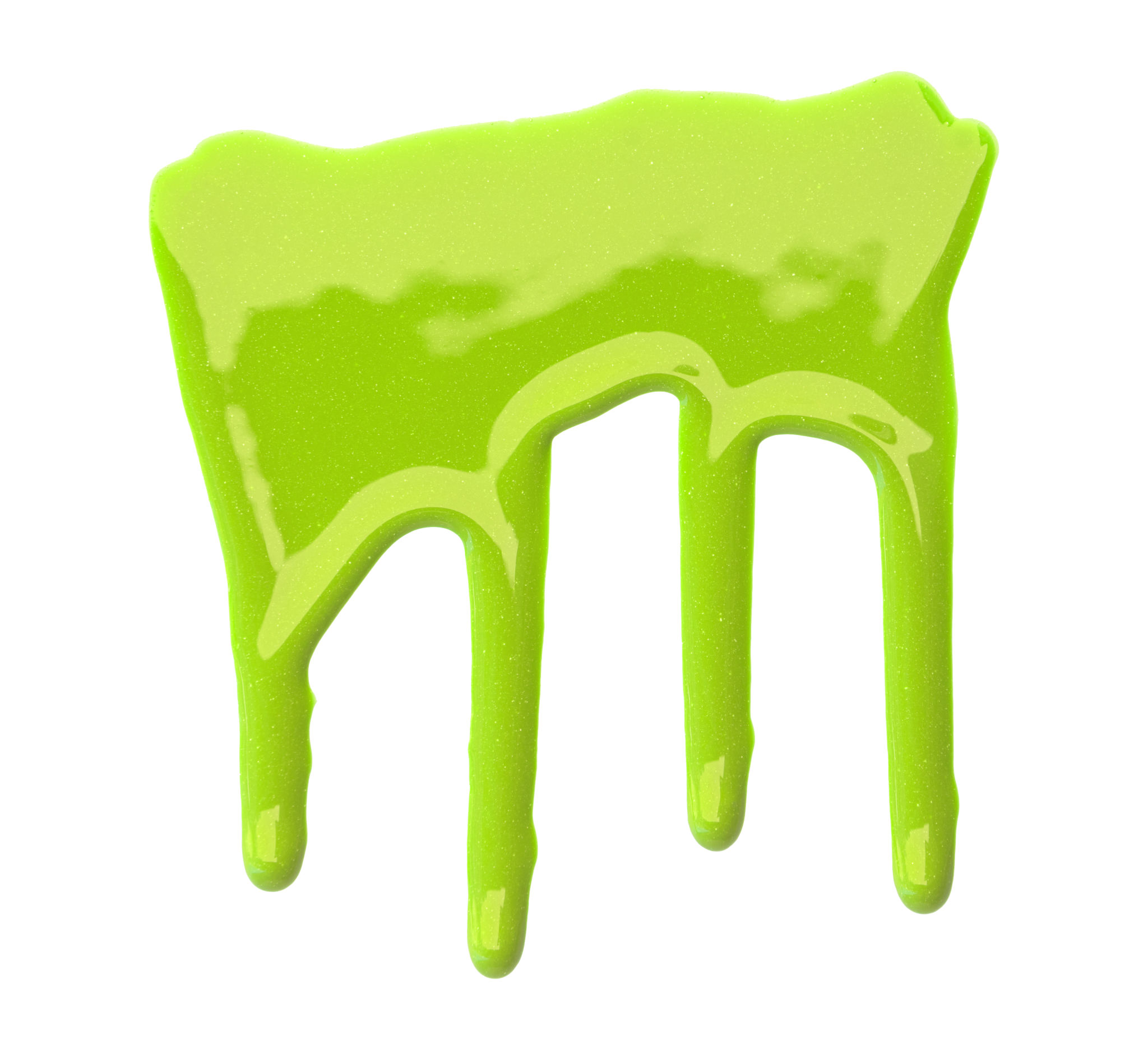Understanding Paint Quality: A Guide to Making the Right Choice for Your Home
Introduction to Paint Quality
Choosing the right paint for your home can significantly impact the look, feel, and durability of your space. Understanding paint quality is essential in making an informed decision that will ensure longevity and satisfaction. In this guide, we'll explore the key factors that contribute to paint quality and help you select the best option for your needs.

Understanding Paint Composition
Paint is composed of four main components: pigments, binders, solvents, and additives. Each component plays a crucial role in determining the paint's quality and performance. Pigments provide color and opacity, while binders ensure the paint adheres to surfaces. Solvents allow the paint to spread evenly, and additives enhance specific properties like drying time or mildew resistance.
The quality of these components affects the overall performance of the paint. For example, high-quality pigments offer better coverage and color retention. Understanding these elements can guide you in selecting a paint that meets your expectations.
The Importance of Pigments
Pigments are responsible for the vibrant colors we see in paints. High-quality pigments often result in better color saturation and coverage. When comparing paints, look for those with a higher pigment volume concentration (PVC). This indicates a richer color that requires fewer coats to achieve the desired finish.

Evaluating Paint Durability
Durability is a critical factor when choosing paint, especially for high-traffic areas like kitchens and hallways. The type of binder used in the paint largely determines its durability. Acrylic binders are known for their excellent adhesion and flexibility, making them ideal for surfaces that experience frequent wear and tear.
Additionally, consider the paint's resistance to environmental elements such as moisture, UV rays, and temperature fluctuations. High-quality paints are formulated to withstand these challenges without peeling, fading, or cracking.
Choosing the Right Finish
The finish of your paint also contributes to its overall quality and suitability for different rooms. Common finishes include matte, eggshell, satin, semi-gloss, and gloss. Each finish has unique characteristics that affect both appearance and functionality.
- Matte: Offers a non-reflective finish that's great for hiding imperfections but may not be as durable.
- Eggshell: Provides a low sheen with moderate durability, suitable for living rooms and dining areas.
- Satin: Known for its slight gloss and higher durability, perfect for kitchens and bathrooms.
- Semi-gloss: Highly durable with a noticeable shine, often used on trim and molding.
- Gloss: The most reflective finish, offering excellent durability for doors and cabinets.

Environmental Considerations
In today's eco-conscious world, considering the environmental impact of your paint choice is increasingly important. Many manufacturers now offer low-VOC (volatile organic compounds) paints that are less harmful to both human health and the environment. These paints emit fewer pollutants during application and drying, making them a safer choice for indoor use.
Additionally, some brands offer paints made from renewable resources or incorporate recycled materials into their products. By choosing environmentally friendly options, you can contribute to a healthier home and planet.
Cost vs. Quality
The cost of paint often reflects its quality. While it might be tempting to opt for a cheaper option, investing in high-quality paint can save you money in the long run by reducing the need for frequent touch-ups or repaints. Consider your budget alongside the requirements of your project to strike the right balance between cost and quality.
By understanding the different aspects of paint quality, you can make an informed decision that enhances the beauty and durability of your home. With this guide as a resource, you'll be well-equipped to choose the perfect paint for any room or surface.